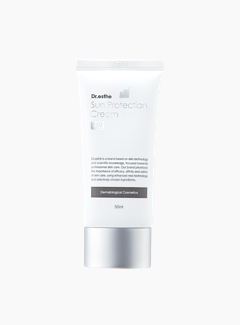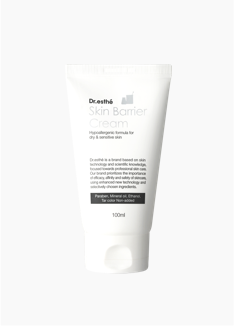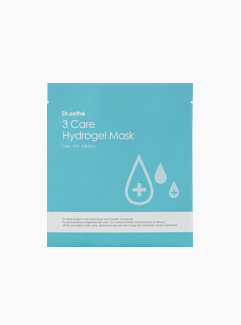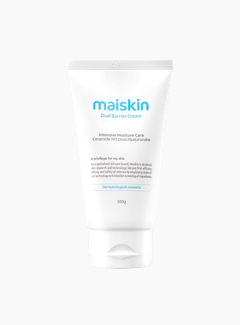Care by Skin type
Oily & Trouble
Skin sebaceous gland cells are pushed up above the epidermis by cell division, and the sebaceous glands are excessively secreted in the sebaceous membrane, which make the skin surface oily.
Product
View >Features
-
1. After facial cleansing, the skin feels less tight, and excess sebum leaves the skin greasy even after washing.
-
2. The makeup easily slides off because of the oily surface of the skin. The scalp is also oily, and dandruff is easily developed.
-
3. The skin does not feel smooth and has wide pores, so its surface is likely to look like a tangerine peel.
-
4. The relatively thick stratum corneum makes the skin look dull and dark.
-
5. Acne is easily developed on the forehead, nose, chin, chest, and back, which are areas of high sebaceous secretions, and it takes time to get rid of them.
-
6. There are many fine black dots around the nose. Blackheads are frequently piled up in the T zone.
Recommended Skin Care
-
1. Frequent skin washing will make the skin become alkaline, which is a good condition for bacteria to breed easily. Therefore, use a low-acidity cleanser not to destroy the acid film on the skin.
-
2. Do not wash or rub the skin excessively.
-
3. Avoid using toners with high alcohol content as these will dry out the skin, and use products with pore-shrinking, skin soothing, and anti-inflammatory effects instead.
-
4. Regular use of a scrubbing or enzyme-based exfoliating deep cleanser removes dead skin cells and prevents the development of acne.
-
5. For cosmetics, try to use oil-free products.
-
6. As an irregular lifestyle can promote the secretion of sebum by breaking the balance of the skin, try to have a well-regulated life.
-
7. Acne issues should not be left unattended and treated with cosmetics by yourself.
-
8. Get a dermatologist’s advice to treat acne.










